Last Updated on July 30, 2021
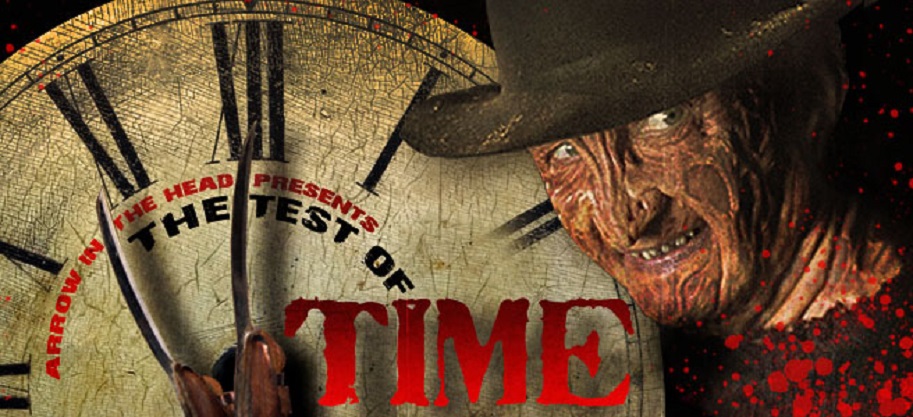
We all have certain movies we love. Movies we respect without question because of either tradition, childhood love, or because they’ve always been classics. However, as time keeps ticking, do those classics still hold up? Do they remain must see? So…the point of this column is to determine how a film holds up for a modern horror audience, to see if it stands the Test of Time.
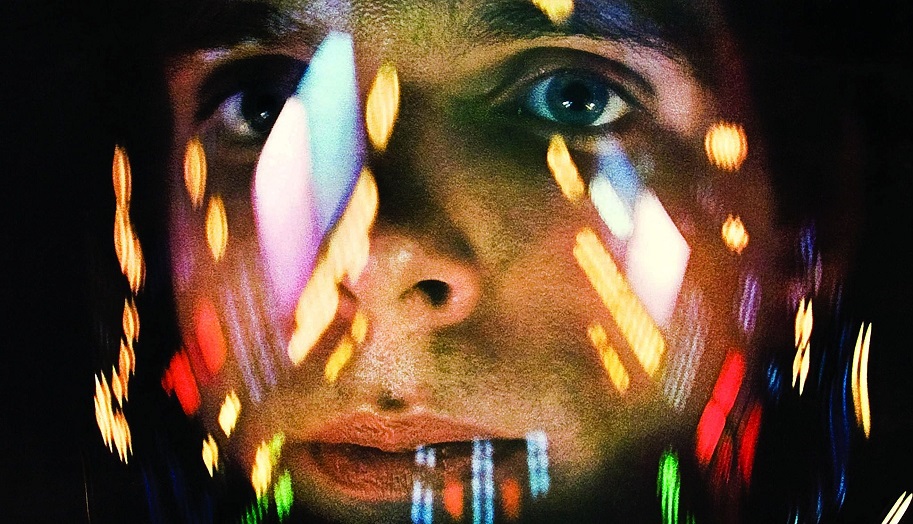
DIRECTED BY STANLEY KUBRICK
STARRING KEIL DULLEA, GARY LOCKWOOD, WILLIAM SYLVESTER, DOUGLAS RAIN
We now enter the fourth dimension. Indeed, an argument can be made that what Einstein is to modern science, Kubrick is to modern cinema. Stanley, much like Albert, was simply operating on a different intellectual plane than the rest of his contemporaries. And the work shows it…
It’s with that lofty preamble we admit, as Earth Day rapidly approaches (April 22nd), we cannot think of a more topically opportune time to celebrate the 50th anniversary of one of the greatest films ever made, science fiction or not, in Stanley Kubrick’s 2001: A SPACE ODYSSEY. This is such an undeniably important, rule-breaking, game-changing, North Star-guiding paragon of what is possible in cinema that it’s downright intimidating just thinking about how to discuss it with y’all here and now. It’s that gravid. That substantial. That monumental.
Of course, the great irony of what has become one of the all time most venerated cinematic experiences, is that it did not perform well at the box office right out of the gate. No, it took droves of the LSD hippy crowd of the late 60s simply intent on tripping through the psychedelic star-gate sequence to force MGM to keep the movie in theaters longer than they wanted to. After awhile, word of mouth spread, more eyeballs were attracted, and despite its rocky opening, 2001 has become one of the all time grossing hit epics as well. And now that it turns a half-century old, we want to see how the movie has fared over time. Space time. I told you we’re entering the 4th dimension, so let’s see how Stanley Kubrick’s 2001: A SPACE ODYSSEY does against the ultimate trip. The Test of Time!
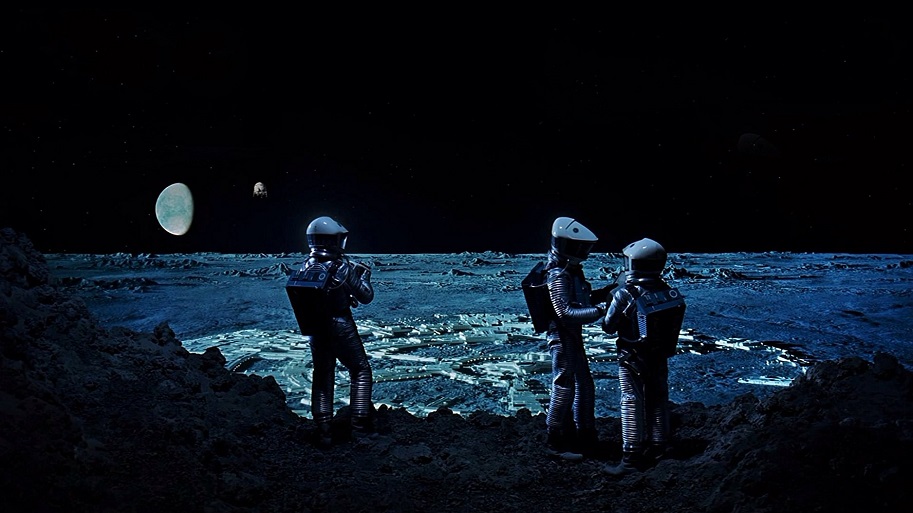
THE STORY: Contrary to popular belief, 2001 was not based on the novel by Arthur C. Clarke. No, Clarke was actually penning the novelization of the movie while the script was being written and the movie was being made, which is pretty wild if you think about. The novel was released after the movie was. Instead, the story of the film was based on the Clark short-story The Sentinel, which tracked a gaggle of astronauts who’ve uncovered an alien artifact on the moon. When Kubrick bought the rights, he opted to change many elements of the short story, mainly the part about a government cover-up about an infectious outbreak being the reason for the missions to the moon and later to Jupiter. Kubrick also more or less came up with the visual representation of the black monolith, a vertical rectangle that seems to be influencing the cosmos before, after and since the dawn of man. When Floyd (William Sylvester) and his crew of astronauts finds the same monolithic artifact on the moon that the primates discovered in the opening African desert sequence, a deafening radio sound is struck down before we cut to 18 months in the future…
En route to Jupiter, space-vessel Discovery One, we meet David Bowman (Kier Dullea), Frank Poole (Gary Lockwood) and perhaps one of the all time great villains, the red-eyed HAL 9000 supercomputer (voiced by Douglas Rain). Now warning against the inherent dangers of AI, we see HAL manipulate Bowman and Pool for its own self-preservative gain. He lip reads, cheats at chess, locks Poole out of the spacecraft, in effect killing him, before disturbingly pleading for his life as Dave slowly dismantles the computer chip by chip. Notice how the letters HAL are exactly one letter before IBM. This could be a commentary on the nature of IBM, which itself is featured prominently in the film, but standing for Heuristic and Algorithmic, could also be purely coincidental. However, given Kubrick’s fastidious attention to detail, there are never many coincidences in his films. When Bowman finally disconnects HAL and mounts an escape, we then go through the ultra-kinetic, hallucinogenic star-gate sequence which not only seems to rapidly age the man, but somehow equates with the ultimate rebirth in the end via the arrival of the Star Child. If you can make sense of all that, then the movie, by Clarke’s own admission, is a failure.

WHAT HOLDS-UP: Look, when the Library of Congress recognizes it as so “culturally, historically, or aesthetically significant" that they decided to preserve the film in the National Film Registry, you know the film has more than massive staying power. In 2010, The Moving Arts Film Journal hailed 2001 was the “Greatest Film of All Time”, while Sight & Sound has twice ranked A SPACE ODYSSEY the 6th best among the all time Top 10. Never mind what I have to say about it, Kubrick’s thought-prodding, spiritually experiential masterpiece has held up in ways that go beyond my ability to articulate. Yet we’ll try. If we had to boil it down to three essentials, three main reasons as to why 2001 still plays as well today as it did in 1968, we’d have to include the Oscar winning VFX, the mysterious ambiguity of the ending (and the whole picture), and the profound experience (indeed the ultimate trip) the movie projects onto your psyche. Many more reasons surely account for the brilliant durability of 2001, but we’ll start there…
While Kubrick earned his sole Academy Award for the breathtaking VFX work on 2001, it need be recognized how much the great FX man Douglas Trumbull contributed to the final product. This guy was at the top of his game, and Kubrick knew so, wisely bringing him onboard to largely oversee the technical aspects of the film. Surprisingly, there are only about 205 SFX shots, which is far below the average for a major sci-fi epic (STAR WARS has about 350, REVENGE OF THE SITH has about 2,200). But regardless of who he recruited to collaborate with, Kubrick’s aim from the get-go, given the extraordinary responsibility of being the last mission to the moon movie prior to the U.S. actually sending Buzz Aldron there a year later in 1969, was to ensure the visual representation was inviolably accurate. And because the VFX in 2001 are so starkly realistic, so accurately imagined, the movie has only grown stronger, not weaker, as scientific facts has largely substantiated the superb visuals.

Furthermore, the decision to nix HAL as an anachronistic robot that could very well look silly by futuristic standards, to instead make it a simple yet effective glowing-red-eye of malevolence, was such a wise one. How many 50 year old sci-fi looks fall apart today solely due to the senescent visuals? Pretty much all of them. Additionally, the choice to change the appearance of the monolith – which resembled a pyramid in Clarke’s short story – to a black, featureless rectangle – not only reinforces the underlying mystery of the movie – but contributes to the films mystified longevity as well. It’s no secret NASA helped fund the film along with IBM and MGM, and so it isn’t all that big of a stretch to conceive of NASA approaching Kubrick, based on the impeccable visual depiction of outer-space, to conduct a possible contingency plan regarding moon-landing footage just a year later. We’ve all heard the conspiracy theories that Kubrick directed a fake-moon landing, a hidden subtext many have posited as an admission in THE SHINING (Danny’s Apollo 11 sweater). We’ll never know the answer for sure, but that such a notion is even plausible speaks directly to the awesome VFX work achieved in 2001: A SPACE ODDYSSEY and the sturdiness that has kept such technical FX as the standard-bearer for all sci-fi films.
Another aspect of 2001 that has kept so worthy of revisiting is the arresting ambiguity, the hidden meaning and the encoded symbolism. Part of this is due to its surreal, avant-garde art-film tableau, the accrued hour or so of dialogue-free action, etc. Part of this is also due to Kubrick’s filmmaking M.O., having cut his teeth in the era of the Production Code, which disallowed for certain subject matter to be shown or spoken of. LOLITA is a visually encoded film about a pedophilic professor, and Kubrick skirts the Code by the use of sly suggestion, visual innuendo, subliminal messaging. It’s something he would go on to do his entire career, never more so intricately than in EYES WIDE SHUT, an absolute masterpiece. In 2001, much of the mystery surrounds the black monolith, which not only flummoxes the apes in the opening, but centuries later, is still confounding astronauts who located the structure on the moon.
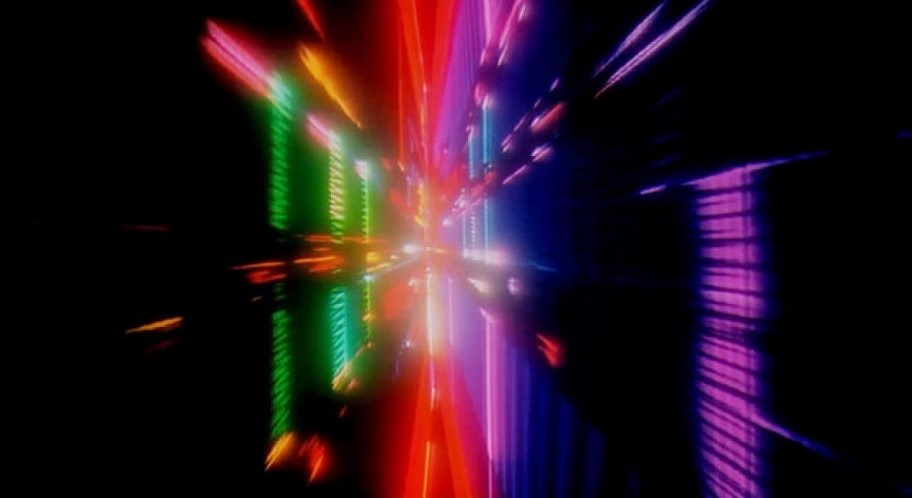
Originally, Kubrick was to have the monolith a transparent screen, on which images could be projected, as to teach the apes on a “advanced TV teaching machine.” This was even used in the novelization of the film. Yet, by making it solid black, Kubrick ensured a puzzle-piece for the ages, and 50 years later, we’re still debating what the monolith is, what it means, and how it functions. It’s here where I want to be very clear to credit CollativeLearning and Rob Ager for positing the following theory: The monolith represents the movie screen itself. Check out this video to see how convincingly this theory is supported. It just might blow your mind!
Speaking of blown minds, perhaps above all else, it’s the sheer spiritual journey, the undeniably potent experience of seeing this film on the big-screen that still conserves its awe-inspiring splendor. Dubbed the ultimate trip, 2001 is indeed akin to a drug-induced, inward exploration of the humankind. The final image of the Star Child overlooking Earth – cut and composed timelessly by the use of classical music – is among the most indelible images ever imagined in the annals of history, no doubt, but it also calls into question the nature of our existence. Kubrick all but equates the miracle of universal creation with that of human reproduction…a position that will surely endure for far longer than 50 years. And frankly, this is just scratching the surface. 2001 is far more important than I could ever articulate alone.

WHAT BLOWS NOW: For as prophetic as many of Kubrick’s films were and still are, one thing that sort of dings 2001 when seen today is all of the now defunct corporate interests. Pan Am is no longer, either is the Howard Johnson hotel chain to my knowledge. Kubrick got a lot right when predicting future trends – look no further than the presaging iPad and tablets seen in the film – but he couldn’t predict bankruptcy. We can’t fault him too much there. No, I’m afraid the real thing to worry about now is the ever-diminished attention spans of the modern day movie audience. 2001 moves at a very deliberate pace, as Kubrick is experimenting with space-time and how we perceive it. Yet however germane it is to the story, audiences these days can’t be troubled to sit through anything without a slam-bang, MTV-edited tempo or without being constantly barraged by thousands of images per minutes. Worse, screen size shrinkage is totally anathema to the way 2001 was intended to be seen. While we’re decreasing size by the day, 2001 demands the largest proscenium possible to feel its terminal impact!
THE VERDICT: I can’t speak for everyone, but to my mind, Kubrick belongs on the Mount Rushmore of all time moviemakers. It’s Ford, Hitchcock, Kurosawa and Kubrick. Those four. 2001: A SPACE ODDYSSEY is probably Kubrick’s most lasting contribution to cinema, as it rewrote the rule book, challenged the narrative norms of the form, reestablished its own visual language, and through it’s extremely durable VFX work, it’s intellectually provoking ambiguity and it’s experiential spirituality, has not withered over the past half-decade, but rather flourished to even greater heights. I can’t even imagine another movie that operates on such a higher orbit than the rest of us. 2001: A SPACE ODDYSSEY is not just the best science fiction film ever made, it’s among the best in any stratosphere!
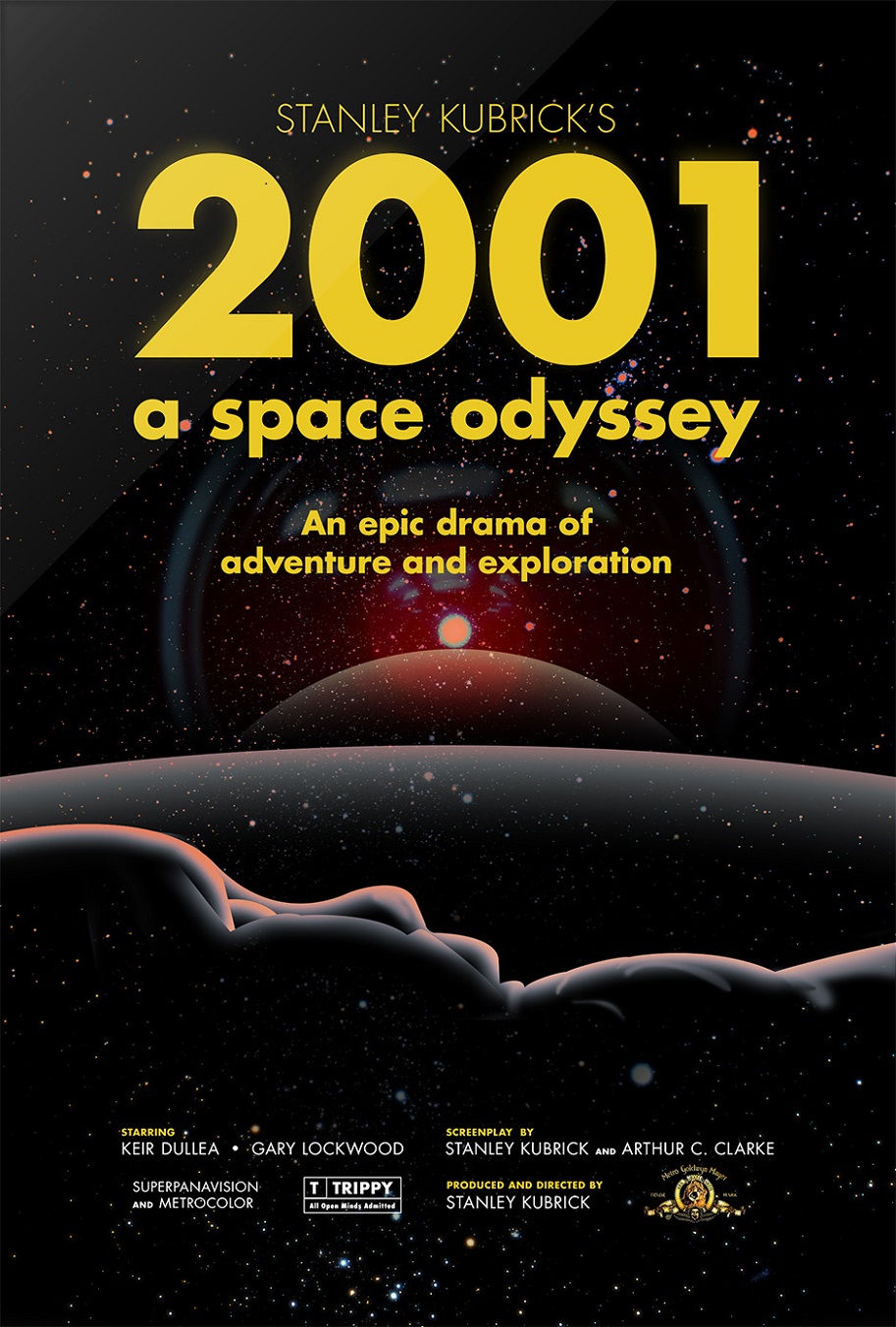


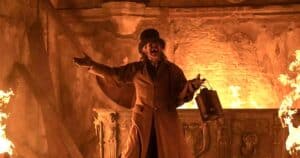
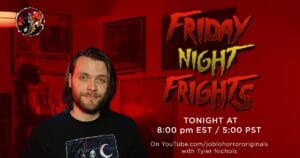
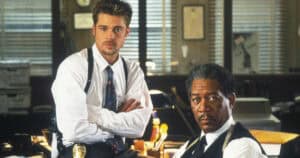
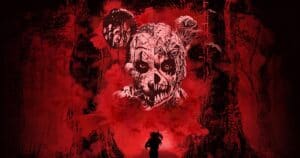
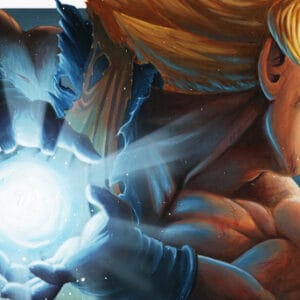
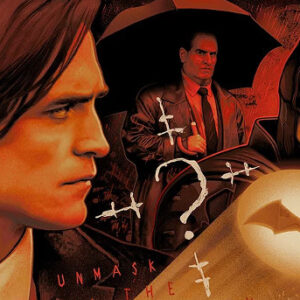
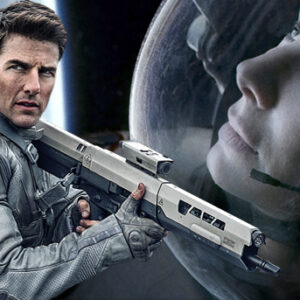
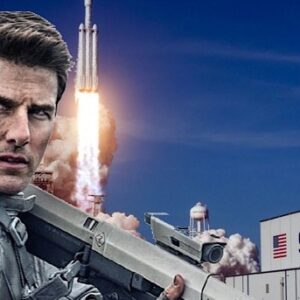
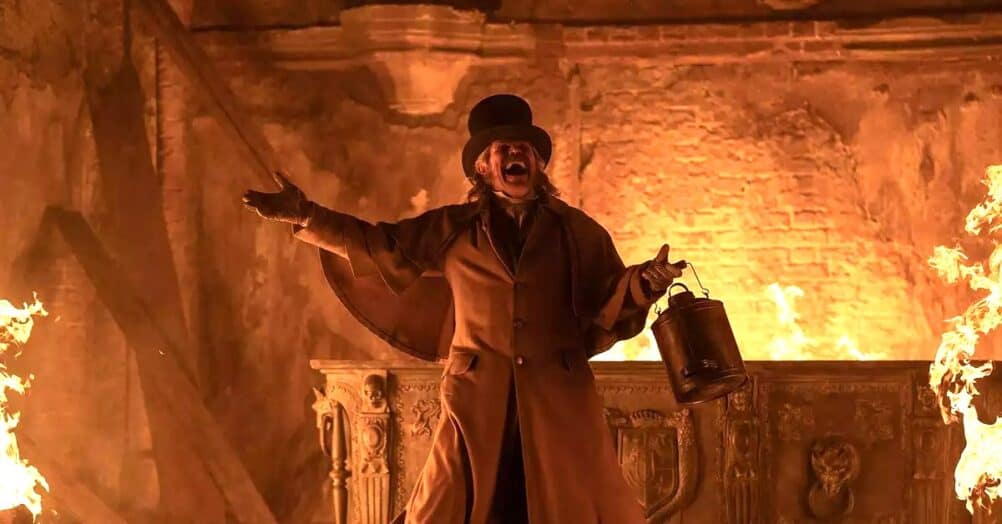
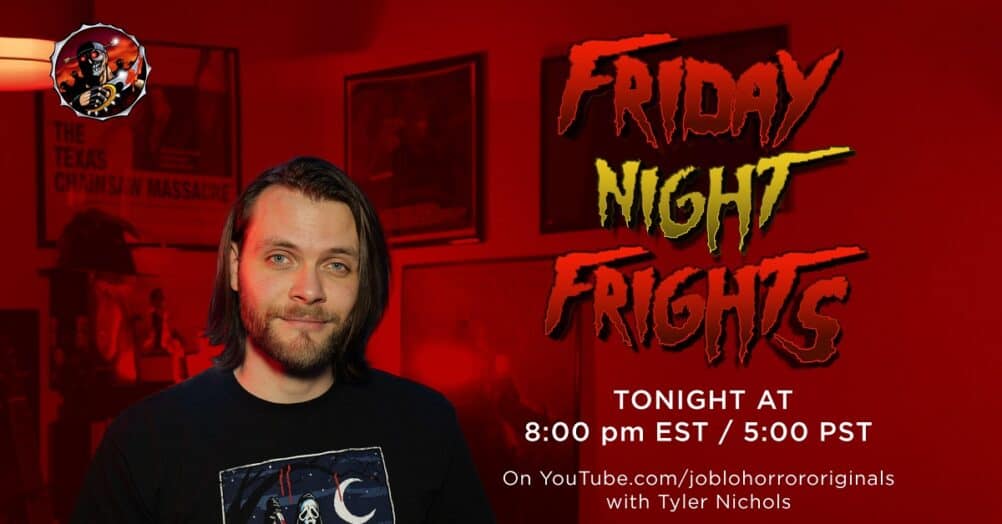
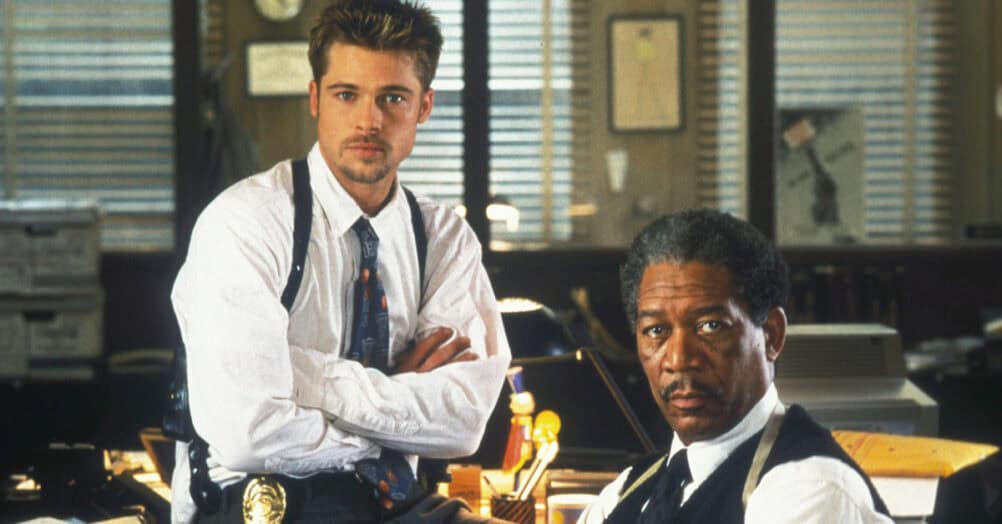
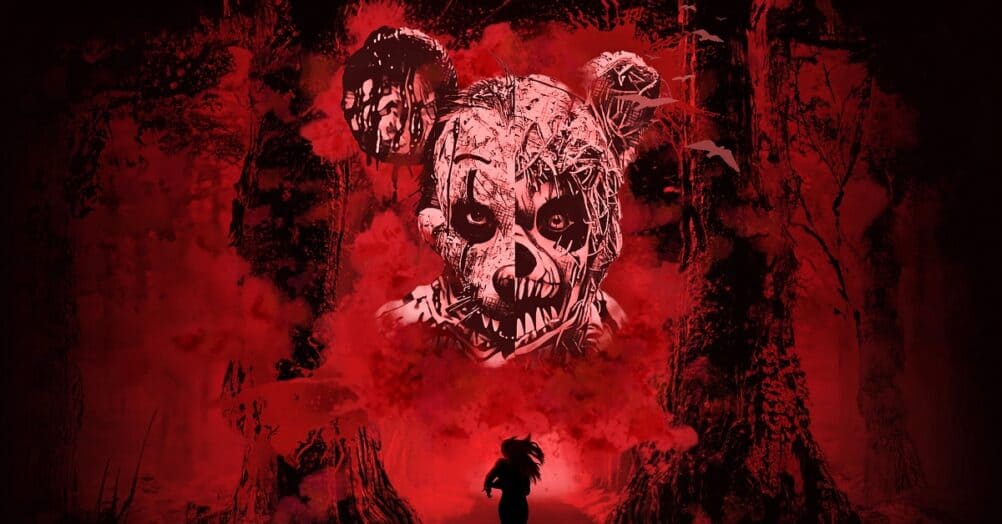

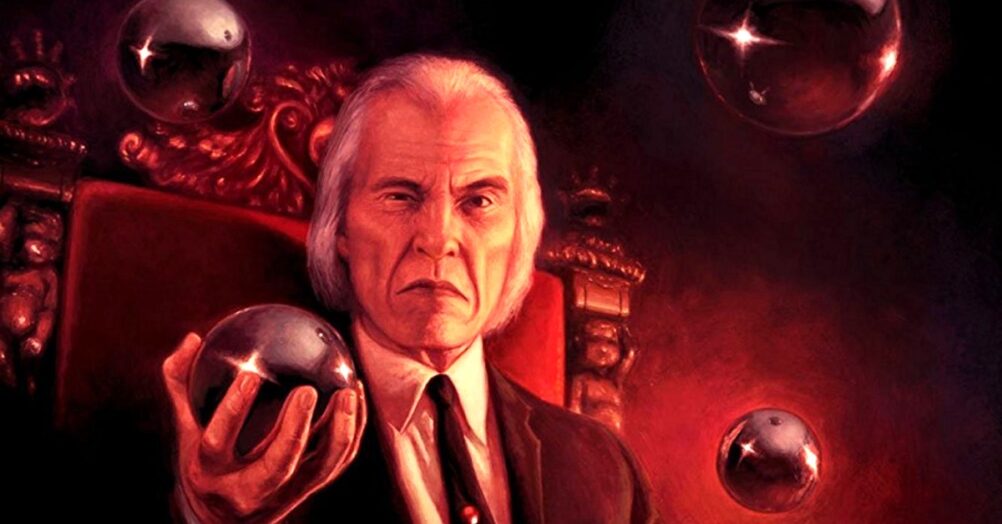
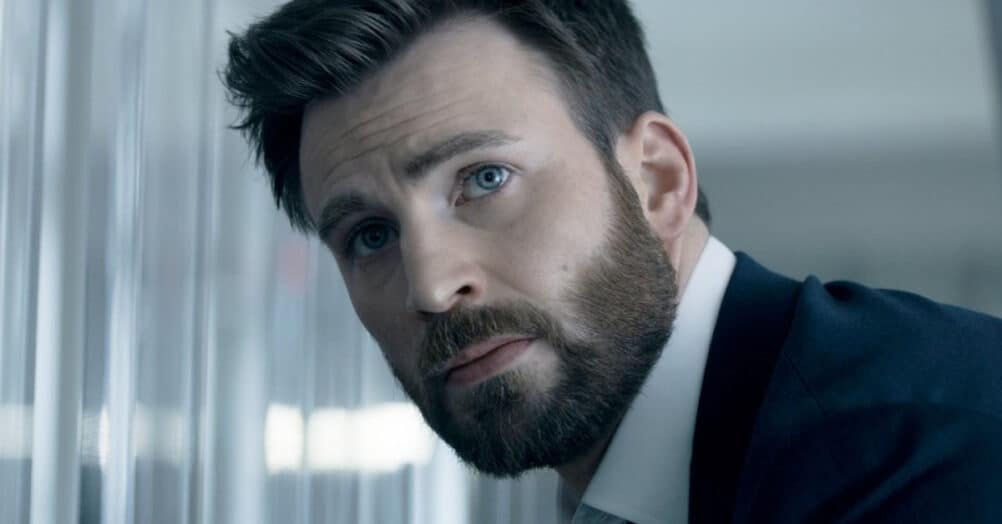

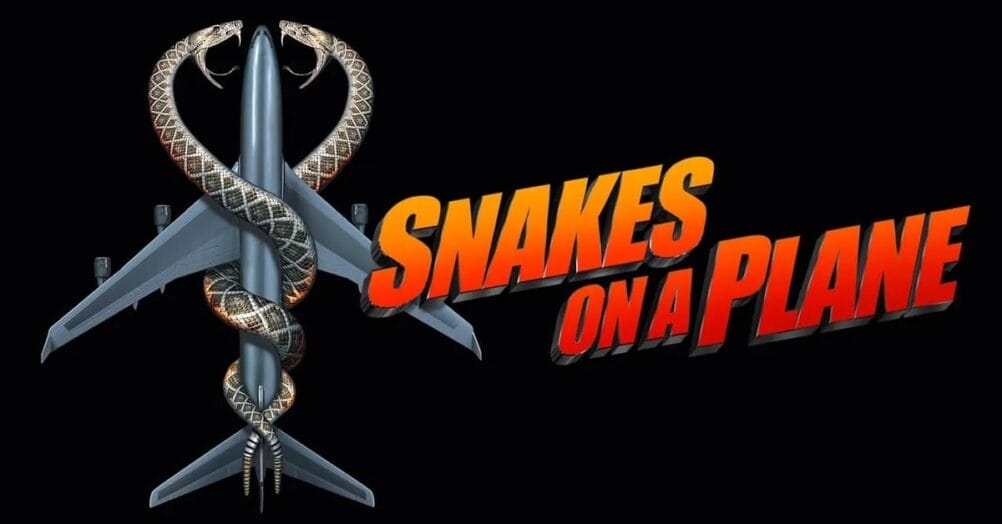
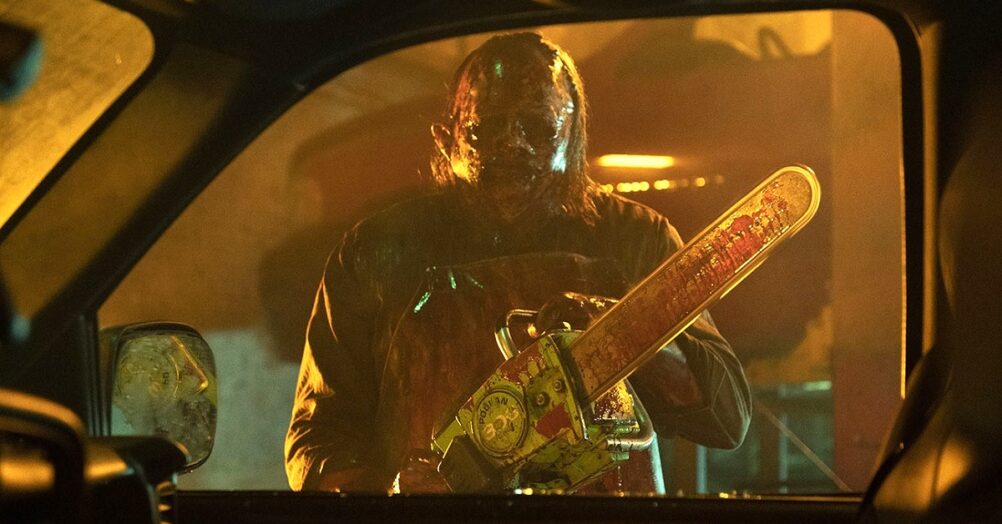
Follow the JOBLO MOVIE NETWORK
Follow us on YOUTUBE
Follow ARROW IN THE HEAD
Follow AITH on YOUTUBE